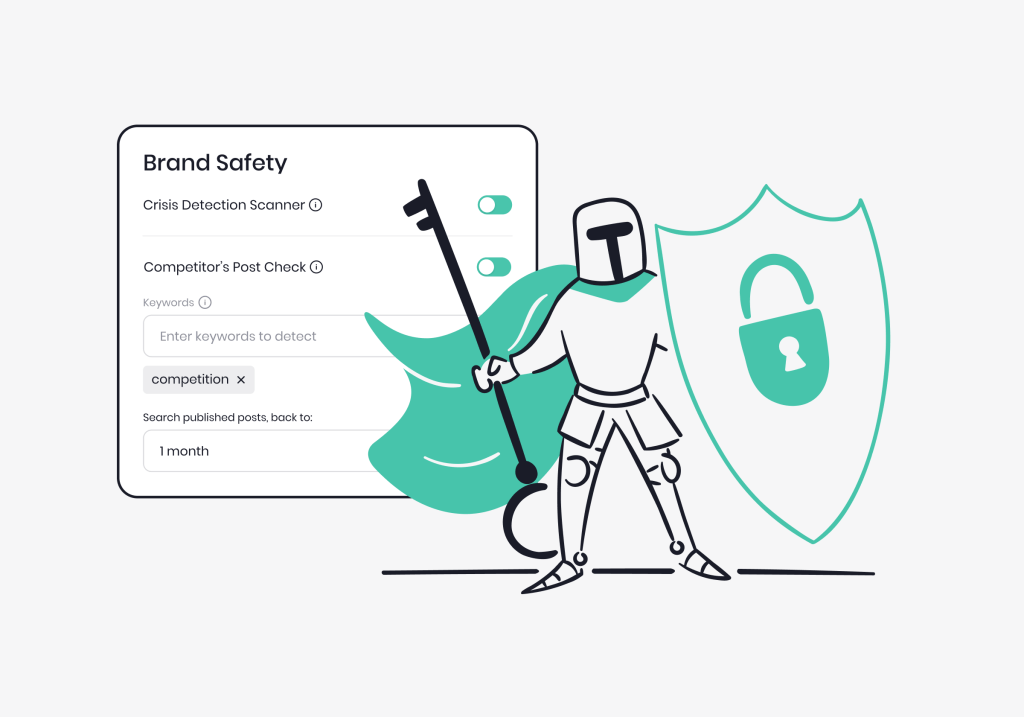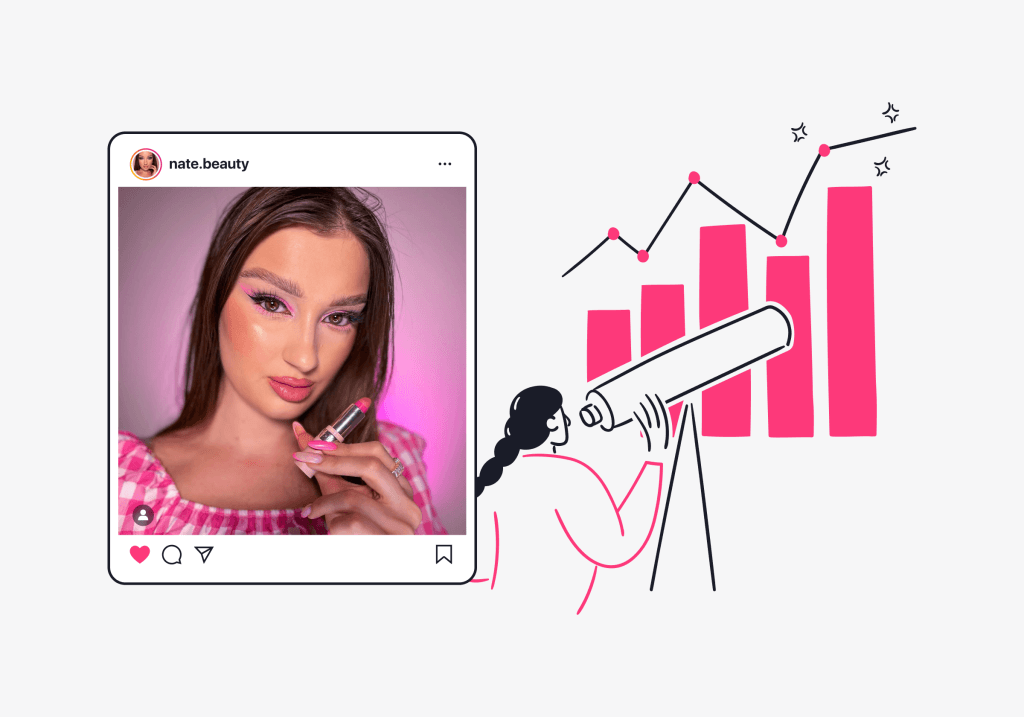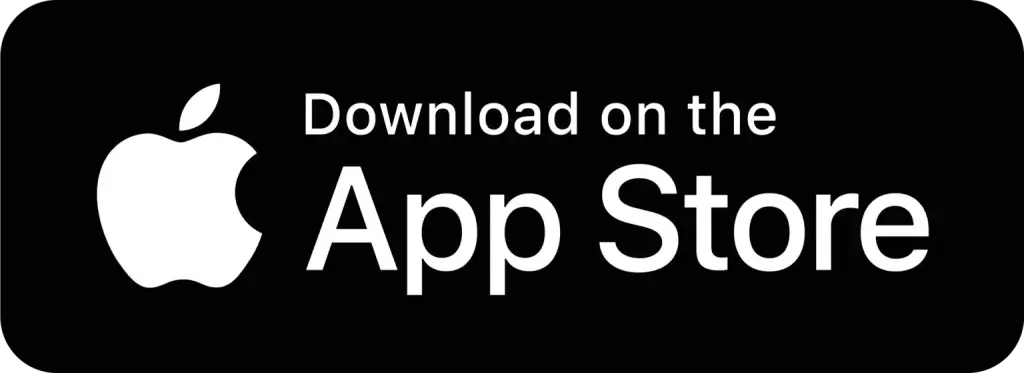Influencer marketing is becoming an increasingly important part of the marketing mix for brands seeking to get cut-through in a competitive media landscape. Almost a quarter of marketers are looking to increase their spending in this area in the next year. However, traditionally the direct impact of influencers on sales has been hard to measure and so remains a concern for some brands.
Brand awareness and engagement are by far the most important metrics in influencer marketing and we know that smaller, mid-tier influencers massively outperform celebrities in these areas.
Brand awareness can be amplified if you add video content to the campaign, where engagement rates in the mid 20% can be seen. The millennial consumer is shunning traditional media and moving online, grouping around a select and trusted group of influencers who share the same interests. Brands looking to penetrate this circle can’t just shout their messages on traditional channels, they need to join the conversation and influencers can be their invitation to enter these close-knit groups. Some of the most successful brands of the last few years such as Kiehls or the Dollar Shave Club have eschewed traditional advertising in favour of a socially-led approach.
Our global influencer research earlier in the year 2017 showed that many influencers see themselves as the new media and influential both on and offline.
As media consumption moves online, influencers are becoming both the publishers and broadcasters of choice for consumers, 88% of our influencers prefer to follow “real” people online than traditional media.
As the closest replication to a WOM recommendation from a friend, messages carried by influencers have real impact with their loyal audiences, therefore savvy brands are using influencers to either create content on their behalf or share their own branded content or video.
However, measurement and policing of influencer marketing is still relatively new and untested and the sector can be ripe for abuse. Adtech fraud, fake followers and bot traffic can create a drain on your marketing budget with little to show for it. Identifying and reaching the right influencer for your brand can be costly and complex if you want to work with mid-tier influencers as many aren’t under professional management like top-tier celebrity influencers are.
As mentioned, engagement is possibly the easiest thing to measure with influencer campaigns as reach, shares, likes and comments are easy to track and report back.
However, the challenge has always been to put hard value to the effect of this engagement to footfall or sales volumes.We do have plenty of anecdotal evidence from clients that tell us of a spike in traffic or sales of a product in the immediate aftermath of a campaign – why else would most clients have booked more than one campaign?
And we also know that influencers themselves are influenced by other influencers with 83% saying they bought a product they saw on social media within the last month.
However, as the influencer marketing sector matures it needs to adapt to use technology to help establish ROI.
We feel much of this can be at the planning stage before a client spends anything on creative. Firstly, stringent moderation of influencers to ensure authenticity and a quality pool of talent to draw from. Next, selection of the best ambassador/s for your brand or product.
Finally, we see an opportunity to harness the creativity of multiple influencers for content creation that can be used on and offline. We feel that the ability to use influencer generated content which has higher engagement rates than branded content at scale and across all marketing channels could signal a paradigm shift in the sector and start to truly demonstrate its value in the marketing mix.
Author: Barbara Soltysinska, CEO and founder at indHash
This article originally appeared at Digital Marketing Magazine





